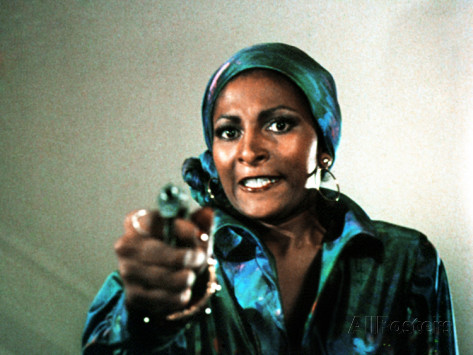
In the 1970s, a new genre of film came about in American culture, centered around the burgeoning black urban identity. The movement sought to make relatable mainstream movies that the growing black population of America could relate to, although after a few years the whole country began to embrace the style and content of the genre.
While the films portrayed the grittiness of inner city life, they also, like most exploitation films, were typically campy, full of exaggerated characters, sex and violence. Because of the nature of the genre, many overlooked the value of these films, writing them off as a uniquely stylized B-movies. Although it’s true that many of these movies were cheap rehashes of basic plots, there were plenty of great gems hidden in the mix.
Most scholars agree that the end of the Blaxploitation phase came with the start of the 1980s but the legacy of these films had already been cemented. In one short decade, there were Blaxploitation movies of almost every genre, from kung fu to secret agents, becoming an important and distinct subgenre of American film. After the 1970s, although the genre is less popular, it still lives on in the work of the many fans that the movement inspired.
For example, many hilarious and reverent spoofs of the genre appeared during the following decades such as I’m Gonna Git You Sucka and Black Dynamite. Even some modern high profile filmmakers celebrate Blaxploitation such as Quentin Tarantino and his homage to the genre Jackie Brown, featuring Pam Grier, one of the superstars of the movement.
While some have since criticized the genre’s frequent glorification of the life of crime and the slums, there is no denying the importance of Blaxploitation on the cultural image of 1970s America.
10. Blacula (William Crain, 1972)
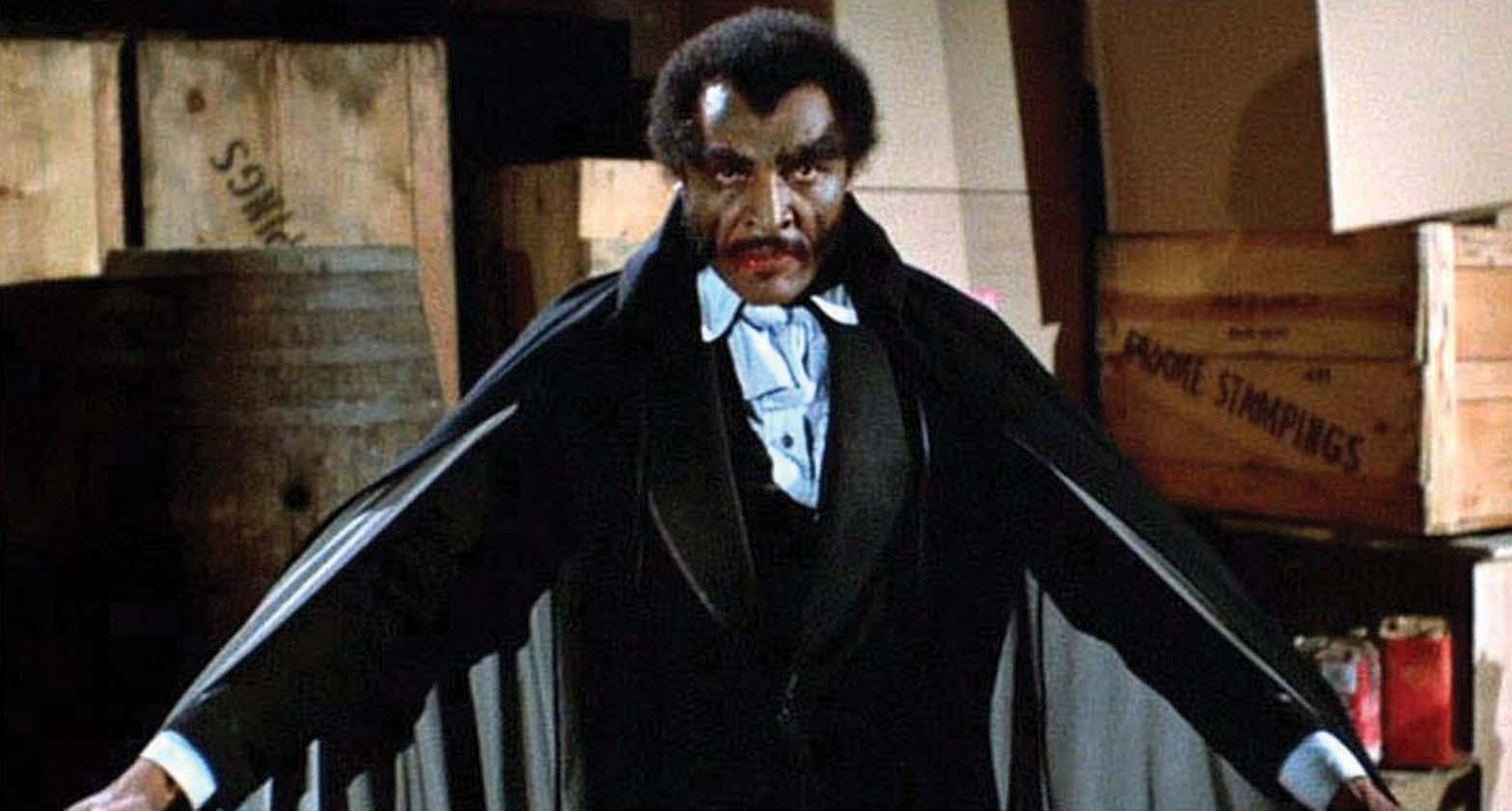
This landmark film of the elusive black horror genre is a silly, campy retelling of Bram Stoker’s classic vampire novel. The merit of Blacula does not come in the conventional sense, and in many ways the film is not very good. The acting and screenplay are somewhat lacking and the overall storytelling is not very captivating.
The reason that the film warrants a placing on this list, then, boils down to is the stylization of the characters and the over-the-top execution that has become synonymous with the genre. It was also one of the earlier major hits of Blaxploitation and helped audiences and filmmakers alike see the endless scope that the genre could reach.
William Marshall stars as Prince Mamuwalde, a member of African royalty from the 1800s. He contacts the powerful Count Dracula for help in stopping the slave trade, but Dracula refuses to help and attacks Mamuwalde, turning him into the vampire Blacula. He is encased in a coffin and is not released until present day when the coffin is purchased as art and sent to Los Angeles.
After Blacula is released from his prison, he begins to go on a murderous rampage, as well as seducing a local woman. His reign of terror is challenged, however, when some friends of the victims band together to stop the vampire.
9. Live and Let Die (Guy Hamilton, 1973)
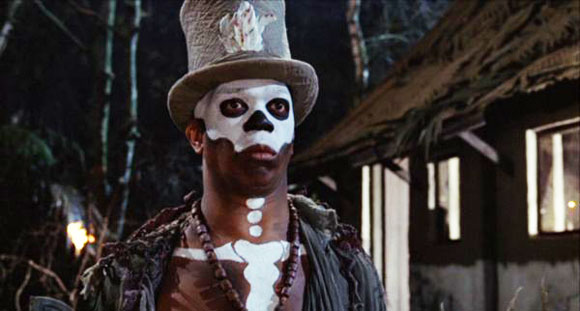
Of all the films on this list, Live and Let Die is the most questionable of fitting into the Blaxploitation genre, being a British production with a white leading man, but its over the top indulgence of the many characteristics often found films make it an honorary member of the genre.
The movie stars Roger Moore, in his first of many outings as the legendary agent James Bond, who takes a much more lighthearted approach to the role and making his films the most zany of all the 007 flicks. In this film, Bond is investigating the death of three MI6 agents who were tracking the dictator of the island country San Monique, Dr. Kananga, played by Blaxploitation star Yaphet Kotto.
Bond soon discovers that Kananga has an alter ego as Mr. Big, a New York gangster, and that he has a plan to gain a monopoly on the heroin supply in the city using the poppy fields of San Monique. He is also controlling the people of his country to help him by instilling a fear of voodoo magic with his henchman Baron Samedi.
The film unfolds like many other Bond films, with 007 getting into many daring entanglements, including,this time, boat races and crocodiles, as well as a romantic interest with Kananga’s psychic, Solitaire, played by Jane Seymour. While the film does not have all of the social connotations as most Blaxploitation films, its focus on the style of the genre make it a unique and thoroughly entertaining entry to the genre.
8. Super Fly (Gordon Parks Jr., 1972)
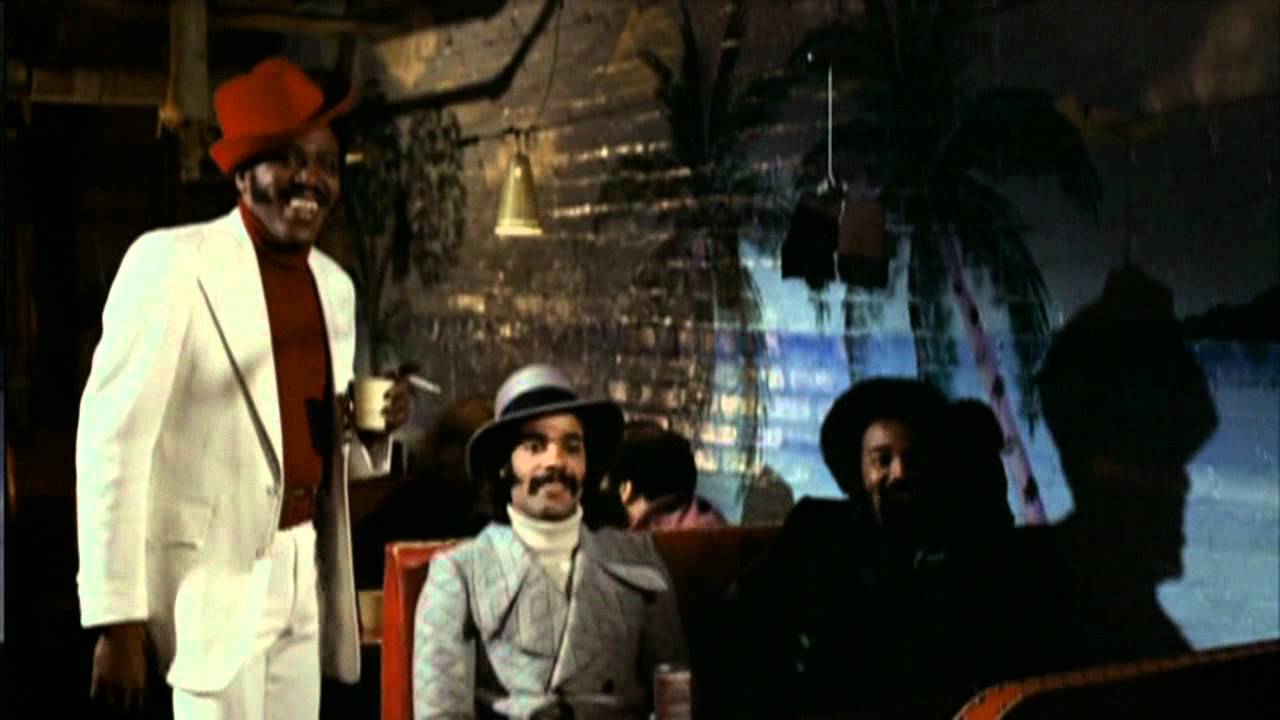
Directed by Gordon Parks Jr., whose father directed the blaxploitation classic Shaft, this story of a drug dealer is one of the hippest films of the movement. Ron O’Neal stars as Youngblood Priest, a successful cocaine pusher who is thinking about getting out of the business, despite all of his friends and acquaintances trying to persuade him otherwise. The film follows him through the trials and perks involved with the lifestyle.
Some of these events involve making drops, getting ladies and schmoozing connections as well as more violent encounters like beating down his competition and keeping away the cops. As the police close in on him and his friends start falling, Priest finally finds a way out of his life of crime.
In terms of content and story, Super Fly is similar to a large amount of other Blaxploitation films, but there are a few key characteristics that make it the most iconic film of its type in the genre. The largest, and the main reason that this film is still talked about, is the phenomenal soundtrack by Curtis Mayfield, which has since been considered on of the greatest original soundtracks of all time.
The film’s conflicted view of the drug career is also notable, displaying both the regality and grandiose qualities, as well as the less savory aspects, showing that it is often the only choice for inner city people to become powerful and rich.
7. Sweet Sweetback’s Baadasssss Song (Melvin Van Peebles, 1971)
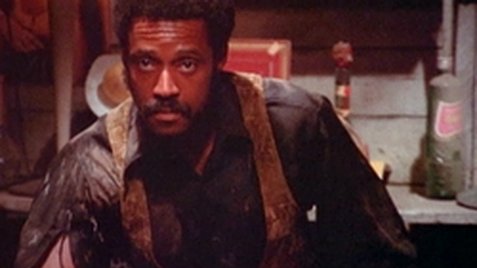
Along with Shaft, this curious film kickstarted the Blaxploitation genre with a completely bizarre and unique depiction of black culture. Director Melvin Van Peebles, father of Mario, after reaching success with the hit film Watermelon Man, a Kafkian tale of racist white man who wakes up black, directed, wrote, starred in, produced and composed this controversial picture that no studio would touch.
Van Peebles plays Sweet Sweetback, an orphan who grew up in a whorehouse and was blessed with a large, seemingly magical, male appendage. When the police arrest him for a crime he doesn’t commit, Sweetback attacks the officers and goes on the lam. He runs into several other obstacles, like the Hell’s Angels biker gang, but Sweetback always manages to find a way out of it, usually by sleeping with women.
By most accounts, the significance of the film is much greater than the actual product. The movie, while interesting, is extremely raw and quite self-indulgent, with Van Peebles starring in several controversial, unsimulated sex scenes. The script and plot are simulating alienating.
Nevertheless, the undeniably new nature of the film caused many to praise it, such as the Black Panther leader Huey P. Newton, who saw the revolutionary possibilities of the movie and what opportunities it could open in the industry for black filmmakers. For these reasons it is one of the most important and celebrated black films of all time, even though many of those talking about it have never seen it.
6. Black Belt Jones (Robert Clouse, 1974)
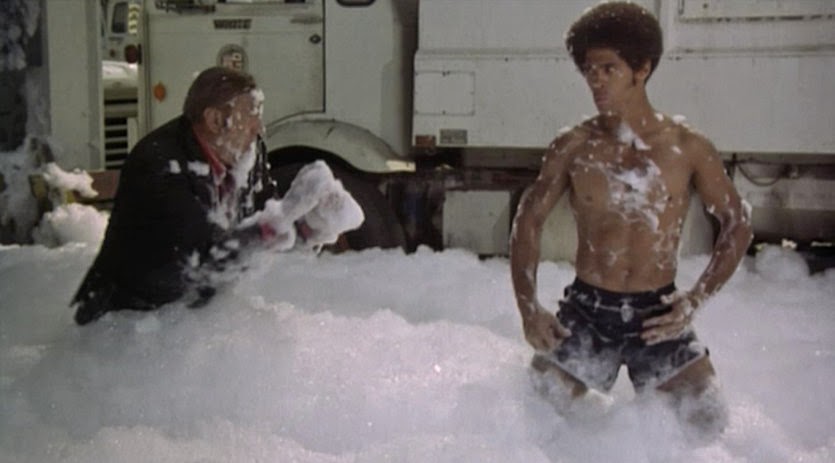
Jim Kelly, known to most as the black martial artists from Bruce Lee’s iconic film Enter the Dragon, teams up with that same director, Robert Clouse. one year later for a more afro-centric take on the kung fu film. Kelly plays the titular karate master, who becomes caught up in a deadly battle with the Mafia.
The mob wants land to build a profitable contract, but the last holdout is Pop Byrd, played by musician Scatman Crothers, and when they try to deal and threaten him, the men accidentally kill Pop, invoking the rage of Jones and Byrd’s equally trained daughter Sydney, played by Gloria Hendry, and then the two proceed to “clobber the mob.”
Black Belt Jones, as well as being an entertaining martial arts film, showed how easily the Blaxploitation style could adapt itself into any style of studio film. By switching the races of the kung fu masters to black, from the typical asian, the film shows how the entire Blaxploitation movement was changing up the norms of the industry.
Social connotations aside, Black Belt Jones is as entertaining as any other American kung fu film made during the time, featuring a compelling plot, great action sequences and Jim Kelly, a hero as cool as any asian kung fu star.